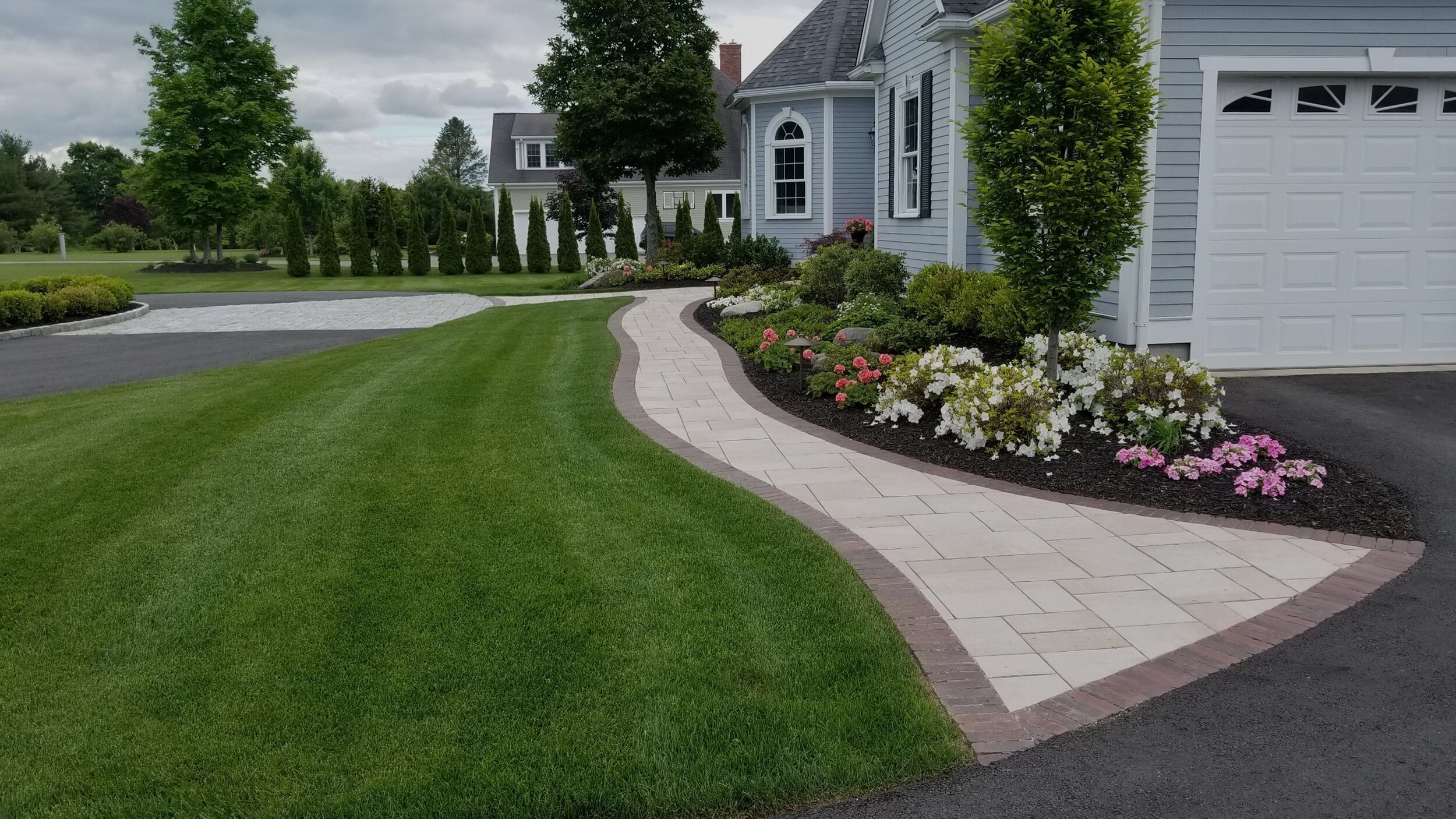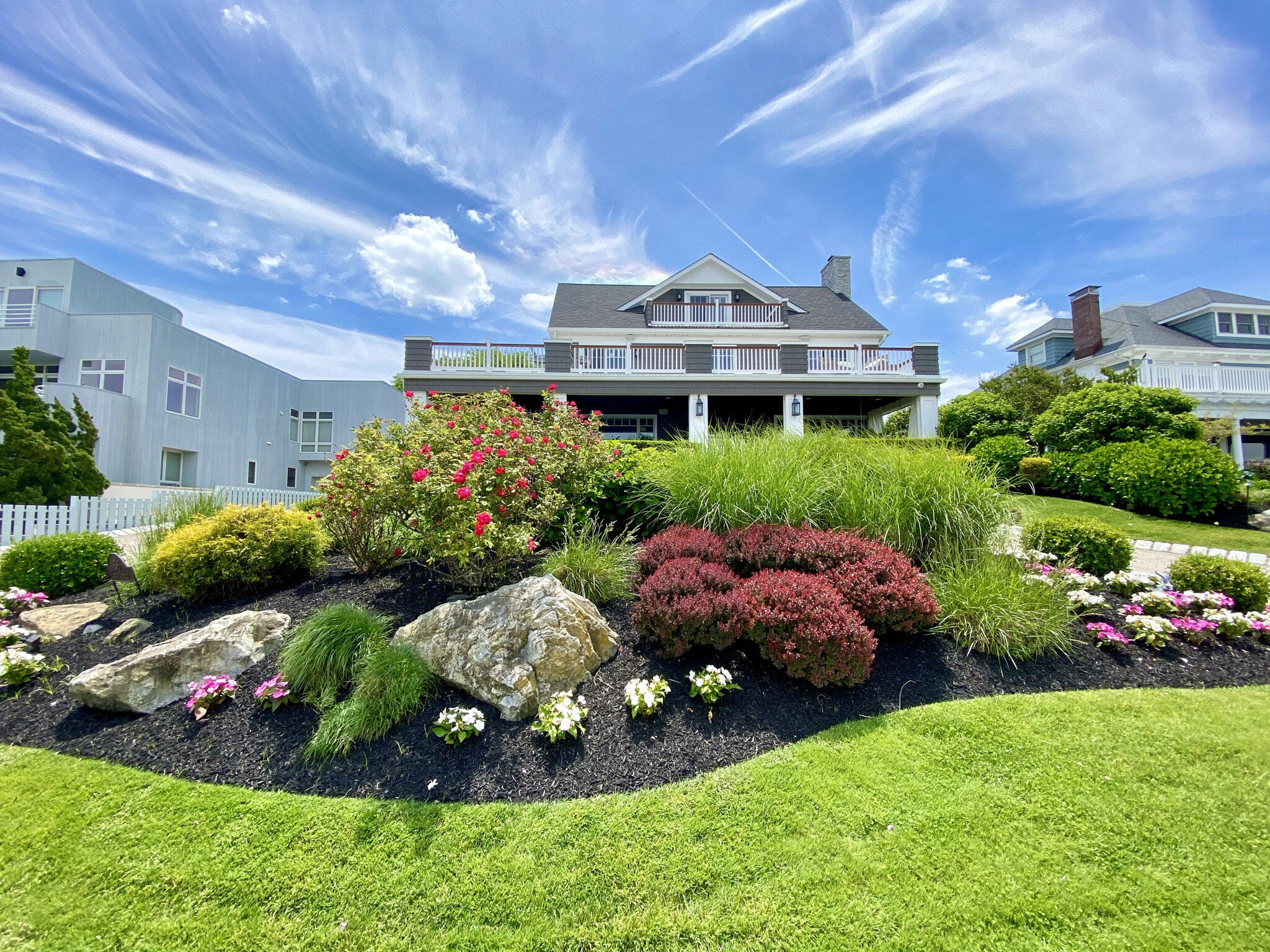Work with a Trusted Landscaping Company to Bring Your Vision to Life
Work with a Trusted Landscaping Company to Bring Your Vision to Life
Blog Article
The Value of Understanding Various Sorts Of Landscape Design for Your Garden
Recognizing the numerous types of landscaping is an essential component in crafting a yard that not just mirrors personal taste but additionally fulfills eco-friendly requirements. Each landscaping style-- be it official, home, sustainable, or urban-- provides distinctive advantages that can considerably influence the total wellness and appearances of your exterior area.
Benefits of Landscaping Knowledge
Recognizing the principles of landscaping offers countless advantages for both novice and seasoned garden enthusiasts alike. A solid understanding of landscaping concepts allows individuals to develop visually enticing and practical outdoor rooms that line up with their personal choices and the specific features of their gardens.
One substantial advantage is improved ecological health. Understanding of native plants and lasting practices enables gardeners to cultivate ecosystems that advertise biodiversity while minimizing the requirement for chemical plant foods and pesticides. Furthermore, understanding soil kinds and drainage can bring about healthier plant development and lowered erosion.
Landscape design understanding also enhances the visual worth of a property. By discovering style aspects such as structure, shade, and range, gardeners can produce natural and inviting landscapes that raise curb charm. This not only boosts individual enjoyment however can likewise boost home worth.
Furthermore, informed gardeners can save time and sources. Acknowledging the right plants for certain problems, such as light and dampness levels, ensures that efforts are not squandered on inappropriate choices. Ultimately, an extensive understanding of landscaping equips individuals to make educated decisions, fostering a much more gratifying gardening experience.
Overview of Landscaping Types
Landscaping includes a variety of styles and approaches, each tailored to meet the unique needs and choices of garden enthusiasts. Recognizing these varied types is important for producing an outdoor space that straightens with specific preferences and environmental considerations.
One popular type is typical landscape design, defined by structured formats, distinct flowerbeds, and the use of balanced growings. This design typically emphasizes a feeling of order and consistency within the garden - Commercial Landscaping. On the other hand, naturalistic landscaping concentrates on imitating the beauty of nature, utilizing natural forms and indigenous plants to create an extra kicked back and informal environment
Lasting landscaping has actually acquired grip, promoting environmentally friendly practices that save water and reduce chemical use. This approach frequently incorporates xeriscaping, which uses drought-resistant plants ideal for arid environments. Additionally, metropolitan landscaping addresses the obstacles of limited area in city environments, commonly utilizing upright yards and rooftop spaces to take full advantage of plant.
Formal Landscaping Clarified
Characterized by its careful layout and structured aspects, official landscaping develops an atmosphere of beauty and refinement in outdoor spaces. This style stresses proportion, geometric shapes, and well-defined lines, usually incorporating manicured bushes, topiaries, and organized blossom beds. The overall effect is a refined and polished environment that accentuates architectural functions and enhances the beauty of the bordering landscape.
In official landscaping, pathways are usually straight and might be lined with consistent products such as block or rock. These courses usually lead to centerpieces such as fountains, statues, or ornamental trees, even more improving the structured nature of the style. Color combinations tend to be extra limited, concentrating on harmonious mixes that promote a serene atmosphere.
Water attributes in official landscapes are normally created with accuracy, typically showing up as rectangular or circular pools. The careful placement of plants is essential, with species picked for their ability to keep a clean appearance throughout the periods. On the whole, official landscape design is optimal for those who appreciate order and style, giving a classic aesthetic that can dramatically boost the value and appeal of exterior areas.
Cottage Yard Features
Home gardens commonly evoke a feeling of charm and fancifulness, blending a range of plants in a seemingly careless yet harmonious arrangement. Characterized by their rich, informal format, these gardens commonly feature a diverse mix of flowering perennials, vegetables, natural herbs, and annuals. This varied planting not just creates visual passion but likewise brings in useful pests and promotes a balanced ecological community.
An essential feature of cottage gardens is their usage of typical you could try here materials and structures. Rock paths, rustic secure fencing, and wooden trellises are frequently included to enhance the garden's charming allure. In addition, the inclusion of seating areas, such as arbors or benches, motivates leisure within this serene environment.
Color plays a considerable duty in home yards, with a focus on soft pastels and vibrant colors that stimulate a feeling of nostalgia. Flowers like foxgloves, hollyhocks, and roses are staples, frequently intermingled with aromatic natural herbs such as lavender and thyme.
Home gardens navigate to this site mirror an approach of accepting nature's changability, causing an one-of-a-kind and welcoming room. By focusing on biodiversity and visual beauty, they develop a picturesque setting for both yard fanatics and informal viewers alike.
Lasting Landscape Design Practices
Integrating sustainable landscaping practices is crucial for creating eco-friendly yards that prosper while lessening their environmental effect. Commercial Landscaping. Sustainable landscaping concentrates on the efficient use sources, advertising biodiversity, and improving the natural surroundings
One trick method is selecting indigenous plants, which are well-adapted to regional problems and need much less water, fertilizer, and pesticides. find more info This not only preserves sources but also supports neighborhood wildlife, including pollinators. Applying water-efficient watering systems, such as drip irrigation or rain harvesting, even more conserves water while making certain that plants get adequate wetness.

In addition, decreasing yard locations and incorporating hardscaping aspects can decrease maintenance and resource usage. These techniques promote an even more sustainable landscape that needs less inputs and gives ecological benefits. By welcoming these approaches, gardeners can produce areas that are not just gorgeous but additionally add positively to the setting, cultivating a harmonious balance between nature and human activity.

Final Thought
In conclusion, a detailed understanding of different landscaping kinds is vital for creating a cosmetically pleasing and ecologically lasting garden. Ultimately, accepting diverse landscape design techniques fosters a harmonious partnership between outside spaces and their atmospheres, promoting lasting environmental equilibrium.
Comprehending the various kinds of landscape design is a crucial element in crafting a yard that not only mirrors personal taste but also meets eco-friendly requirements. Each landscape design style-- be it formal, home, sustainable, or metropolitan-- gives unique benefits that can significantly affect the overall health and wellness and aesthetics of your outside room. In contrast, naturalistic landscaping concentrates on mimicking the charm of nature, making use of natural kinds and native plants to produce a much more loosened up and informal atmosphere.
Furthermore, city landscape design addresses the challenges of restricted area in city settings, often making use of vertical gardens and rooftop areas to take full advantage of plant.
In verdict, a comprehensive understanding of various landscaping types is necessary for developing a cosmetically pleasing and environmentally sustainable garden. (Landscaping Company)
Report this page